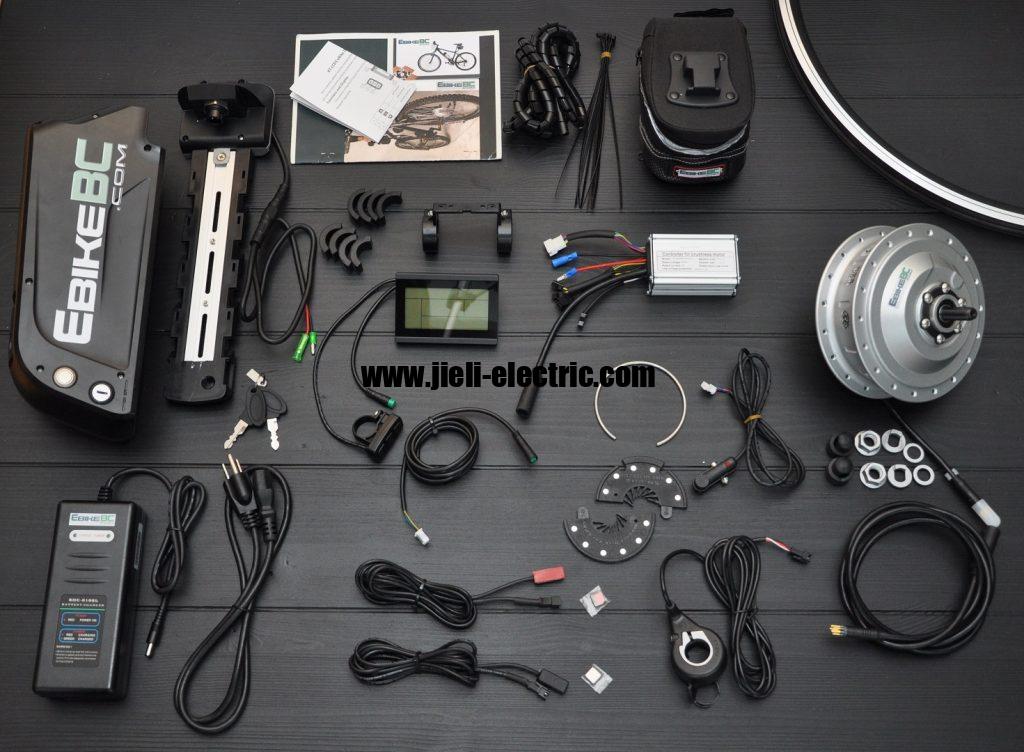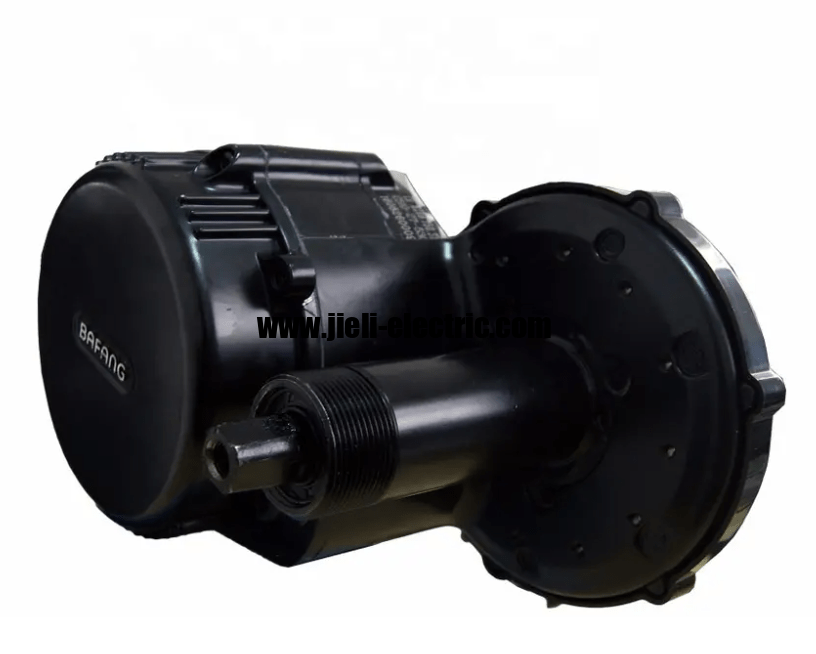As the popularity of electric bicycles continues to rise, concerns regarding the safety of e-bike batteries have come to the forefront. Although incidents are relatively rare, understanding the potential risks associated with these power sources, including the possibility that e-bike batteries explode, is crucial for users and manufacturers alike. This article aims to explore the causes of e-bike battery fires, signs of a failing battery, and best practices for charging and storage. Additionally, we will delve into safety features incorporated in e-bike designs and the regulatory standards that govern their production. By equipping users with knowledge and practical tips, we can enhance the safety and longevity of e-bike batteries.
Causes of E-Bike Battery Fires
Several factors contribute to the occurrence of e-bike battery fires, including manufacturing defects, improper charging practices, and exposure to extreme temperatures. Manufacturing defects can arise from substandard materials or poor assembly processes, leading to compromised battery integrity. Improper charging practices, such as using incompatible chargers or overcharging, can also create conditions conducive to overheating and fires. Exposure to extreme temperatures, whether excessively hot or cold, can adversely affect battery performance and safety. Additionally, physical damage to batteries, whether through accidents or mishandling, can increase the risk of short-circuiting. The age of the battery plays a significant role, as older batteries often exhibit diminished performance and a higher likelihood of failure. Lastly, inadequate ventilation during charging can exacerbate heat buildup, further elevating the risk of a fire.
Signs of a Failing Battery
A failing battery may exhibit signs such as swelling, unusual odors, or decreased performance, all of which warrant immediate attention to prevent potential hazards. Users should remain vigilant for any changes in the battery’s shape, as bulging can indicate internal damage or failure. Additionally, an unusual smell, especially a burning or chemical odor, may signal a serious issue that could lead to overheating or fire. Decreased performance, such as reduced range or longer charging times, often points to a failing battery that may no longer hold a charge effectively. Unresponsive battery indicators or warning lights should also prompt further investigation. Regular monitoring and maintenance can help identify these signs early and mitigate risks. Understanding these indicators is essential for ensuring battery safety and necessitates adherence to proper charging practices.
Proper Charging Practices
Proper charging practices are essential for minimizing the risk of fire hazards associated with e-bike batteries. Users should always utilize the manufacturer’s recommended charger to ensure compatibility and safety. Charging should be conducted in a well-ventilated area, away from flammable materials and surfaces. It is advisable to monitor the charging process and avoid leaving the battery unattended while charging. Overcharging should be prevented by disconnecting the charger once the battery reaches full capacity. Regular inspections of the charging equipment and battery condition can help identify any potential issues before they escalate. Lastly, storing batteries at appropriate temperatures further enhances safety and performance longevity.
Storage Recommendations
Optimal storage conditions for e-bike batteries are essential to prevent potential hazards, including fire risks. Batteries should be stored in a cool, dry place away from direct sunlight and extreme temperatures. It is advisable to keep the state of charge between 20% and 80% for optimal longevity. Furthermore, batteries should not be stored on concrete surfaces, as this can lead to temperature fluctuations that may compromise their integrity. It is crucial to avoid moist environments, which can lead to corrosion and other issues. Regular inspection of the battery’s condition can help identify any potential problems before they escalate. These storage recommendations naturally lead into important maintenance tips for e-bike batteries.
Maintenance Tips for E-Bike Batteries
Regular maintenance of e-bike batteries is essential to ensure their longevity and safety during use. It is important to regularly check the battery for any signs of wear or damage, including swelling or corrosion. Keeping the battery clean and free from debris helps maintain optimal performance. Additionally, ensuring that the battery is charged appropriately, avoiding overcharging and deep discharging, can significantly extend its lifespan. Storing the battery at a moderate temperature and in a dry environment further enhances its durability. Periodic inspections by a qualified technician can help identify potential issues before they escalate. As we continue to explore the topic, it is crucial to consider the safety features in e-bike design that complement proper battery maintenance.
Safety Features in E-Bike Design
Safety features in e-bike design are essential for minimizing risks associated with battery malfunctions and potential fire hazards. Manufacturers often incorporate thermal management systems to regulate battery temperature and prevent overheating. Advanced battery management systems monitor voltage, current, and temperature, ensuring optimal performance and safety. Additionally, robust casing and structural designs protect batteries from physical damage during use. Short-circuit protection mechanisms are also integrated to mitigate the risk of electrical failures. Furthermore, user-friendly safety instructions are provided to educate riders on proper usage and maintenance. Understanding these safety features lays the groundwork for discussing the regulatory standards and testing that govern e-bike safety.
Regulatory Standards and Testing
Regulatory standards and testing protocols play a crucial role in ensuring the reliability and safety of e-bike batteries. Various international standards, such as UL 2271 and IEC 62133, outline the requirements for battery performance and safety. These standards mandate rigorous testing for thermal management, short-circuit protection, and overcharge resilience. Manufacturers are required to conduct extensive assessments to verify that their batteries can withstand extreme conditions without posing a fire hazard. Compliance with these regulations not only enhances consumer confidence but also promotes industry-wide best practices. Regular updates to these standards reflect advancements in technology and emerging safety concerns. Understanding these protocols is essential, especially when considering what to do in case of a battery fire.
What to Do in Case of a Battery Fire
In the event of a battery fire, it is crucial to remain calm and evacuate the area immediately while calling emergency services for assistance. Ensure that you alert others in the vicinity to the potential danger. If it is safe to do so, attempt to unplug the device from any power source without putting yourself at risk. Never attempt to extinguish the fire with water, as this can exacerbate the situation. Instead, utilize a Class D fire extinguisher specifically designed for metal fires, if available. Maintain a safe distance from the fire until professional help arrives. After the incident, document the situation for insurance and safety records, and report it to the relevant authorities.
Choosing High-Quality E-Bike Batteries
Selecting high-quality e-bike batteries is essential for ensuring performance and longevity while minimizing the risk of malfunctions. The choice of battery chemistry, such as lithium-ion, can significantly impact overall efficiency and safety. It is crucial to consider the manufacturer’s reputation and adherence to safety standards during the selection process. Compatibility with the e-bike’s motor and controller also plays a vital role in achieving optimal performance. Additionally, paying attention to the battery’s capacity and cycle life can inform users about its longevity and maintenance needs. Potential buyers should look for batteries that come with warranties or guarantees, which often indicate a manufacturer’s confidence in their product. Lastly, regular maintenance and proper charging practices are vital for maximizing the lifespan of the chosen battery.
Frequently Asked Questions
How long do e-bike batteries typically last before needing replacement?
E-bike batteries typically have a lifespan ranging from two to five years, depending on various factors such as usage patterns, maintenance, and environmental conditions. The quality of the battery and the type of cells used can significantly impact its longevity; for instance, lithium-ion batteries are commonly favored for their efficiency and durability. Regular charging habits, including avoiding deep discharges and overcharging, can also contribute to the overall health of the battery. Additionally, extreme temperatures and exposure to moisture can adversely affect battery performance and lifespan. Users are often advised to follow manufacturer guidelines for optimal care. Ultimately, monitoring battery performance and seeking timely replacements can ensure the continued efficiency and safety of e-bike operations.
Can extreme temperatures affect the performance of e-bike batteries?
Extreme temperatures can significantly impact the performance of e-bike batteries, primarily lithium-ion batteries, which are commonly used in these vehicles. When exposed to high temperatures, the chemical reactions within the battery can accelerate, leading to reduced efficiency and potential overheating. Conversely, low temperatures can cause the battery’s capacity to diminish temporarily, resulting in diminished range and performance. It is essential for users to store and operate e-bike batteries within the manufacturer-recommended temperature ranges to ensure optimal performance and longevity. Regular monitoring of battery health in varying climatic conditions can also help mitigate potential issues. Therefore, understanding the effects of temperature on e-bike batteries is crucial for maintaining their functionality and ensuring safe operation.
What are the environmental impacts of disposing of e-bike batteries?
The environmental impacts of disposing of e-bike batteries are significant and warrant careful consideration. E-bike batteries typically contain materials such as lithium, cobalt, and nickel, which can be harmful to the environment if not disposed of properly. Improper disposal can lead to soil and water contamination, posing risks to both ecosystems and human health. Additionally, the extraction and processing of materials used in these batteries contribute to environmental degradation and resource depletion. To mitigate these impacts, it is essential to promote recycling programs and proper disposal methods that can recover valuable materials and reduce waste. Ultimately, increased public awareness and regulatory measures will play a crucial role in minimizing the environmental footprint of e-bike battery disposal.
If you’re interested in the safety and efficiency of e-bikes, you might also want to explore the best places to ride them. Check out our article on e-bike friendly towns in the U.S. to discover great destinations that cater to e-bike enthusiasts: E-bike Friendly Towns in the U.S..


